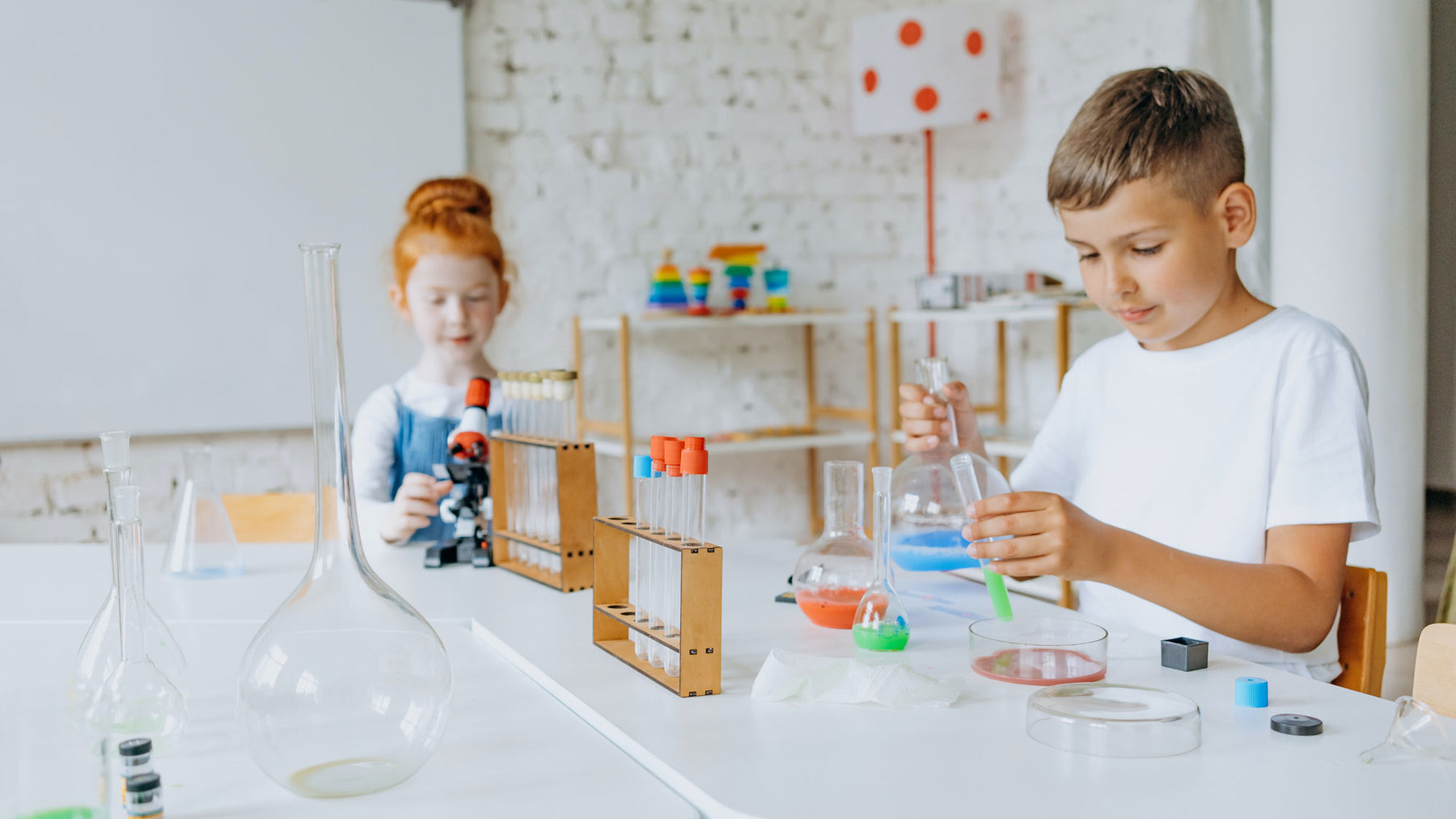
Fun microscope experiments for children #1
Microscopes are a great way for kids to learn about science and nature – without leaving the house!
If your kids are learning from home, stuck in quarantine or are just naturally curious, these cheap, easy and fun microscope experiments will give them a new perspective on the world around them.
Pondwater
Most natural bodies of water are teeming with life. You’ll find all kinds of different microorganisms, plants and fungi in any pond, lake, puddle or ocean.
A fun and very accessible experiment is to go out and grab samples from your local pond or other water source to examine under your microscope.
What you’ll need
- Watertight containers (jars, small Tupperware containers, etc)
- Glass slides
- Dropper
- Coverslips
- Tissue/paper towel
Instructions
- Find some local water sources and scoop up some samples with your containers. Try to stir up the dirt or mud at the bottom a little bit – you’ll find more interesting microorganisms in dirty water. If your kids will be doing this, make sure they wash their hands thoroughly afterwards.
- Once you’re back home, use your dropper to place a drop or two of one of your water samples onto a glass slide.
- Gently lower a coverslip onto the slide, holding it at an angle so that only one edge makes contact, before slowly lowering the rest of the slide down onto the droplets. (This prevents bubbles from getting trapped under the slip.)
- If there’s too much water on the slide and the coverslip is floating around instead of sitting in place, take a tissue or paper towel and touch it to the edge of the coverslip – the excess water will rush into the absorbent tissue.
- Place the slide under your microscope and have a look. You’ll find that your local pond is more alive than you think!
Hair/fur
Hair (and fur for the pet owners among us) is an everyday part of life. But how often do you take a good look at it?
An easy and convenient experiment is for you to round up samples of hair or fur from different people and animals and look at them under the microscope. You’ll be amazed at the differences in colour, size and texture.
What you’ll need
- Strands of hair/fur
- Glass slides
- Dropper
- Coverslips
- Tweezers
- Scissors or a sharp knife
Instructions
- Cut the hair/fur strands into small pieces that will fit on your glass slide.
- Place a drop of water on your slide and use your tweezers to place one of your hair samples onto the drop.
- Place a coverslip on top of the hair sample.
- Pop the slide under your microscope and look down the eyepiece.
- Repeat the procedure with all your other hair and fur samples to see the many differences
